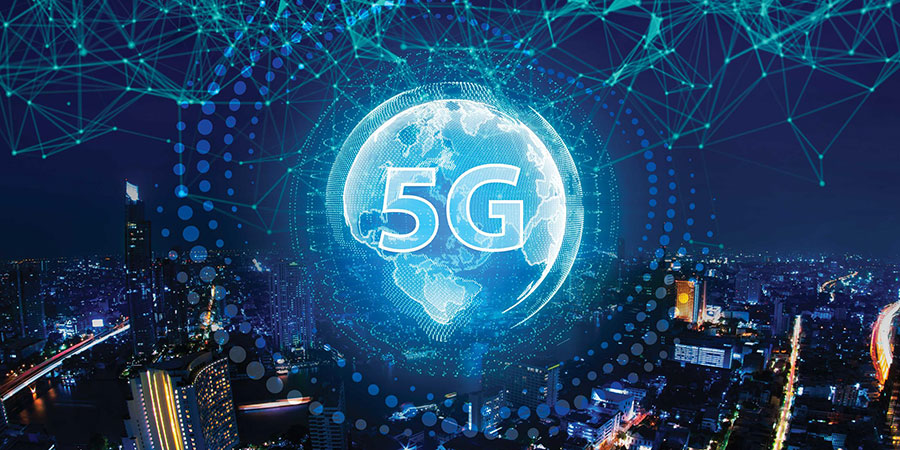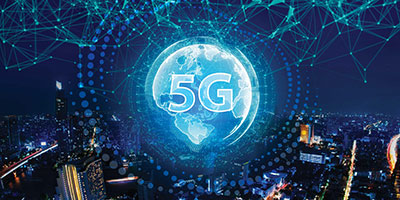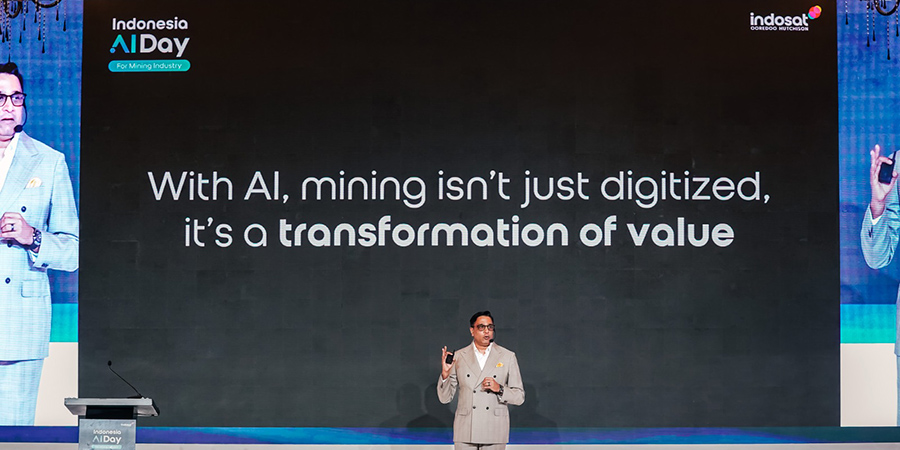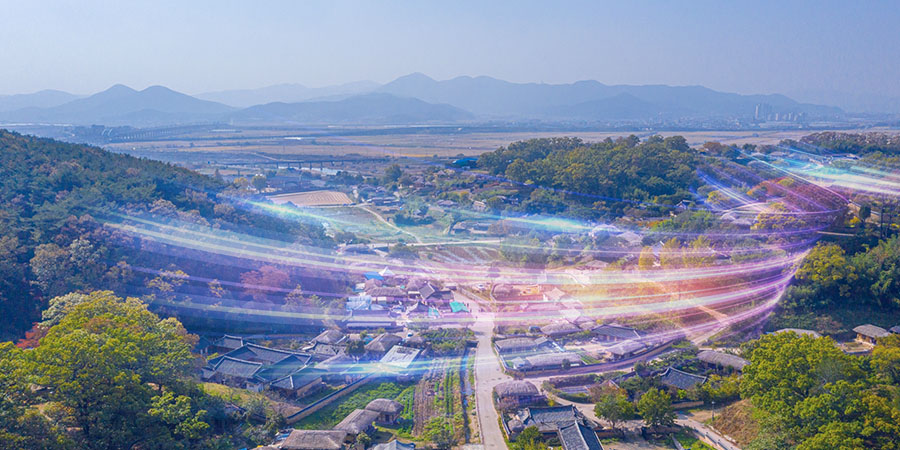
The shift from 4G to 5G yields benefits like increased bandwidth, decreased latency and increased connection density. These 5G benefits bode well against a global backdrop increasingly powered by IoT, driven by developments in artificial intelligence (AI) and machine learning (ML).
According to Gartner, global spending on data infrastructure will reach US$200 billion in 2021, increasing by 6% from a year ago. Even though data centre spending declined in 2020 from the preceding year – triggered by disruptions to construction plans as a result of the pandemic – Gartner expects year-on-year growth on data centre spending through 2024.
At the heart of accelerated 5G developments, data centres are critical building blocks of networks for IoT and cloud services. In Singapore, one of the most mature data centre markets in the Asia Pacific (APAC), Zoom will be doubling its data centre capacity this year. And by 2022, Facebook will complete its S$1.4 billion, 11-storey data centre in Singapore – the company’s first data centre in APAC.
Increased edge computing and cloud services
As 5G infrastructure continues to infiltrate major cities and take root in more remote areas, service providers are pressured to bring IT to the edge to be closer to geographically-diverse users.
Edge data centres will then become part of a wider data centre ecosystem to help minimise delay for users and distribute heavy traffic loads. This also leads to increased reliability as core data centres are not pushed to their maximum capacity. In the event an edge network fails, traffic can be diverted to other edge networks within the ecosystem.
With increased reliance on connectivity attributed to work-from-home, telemedicine and e-commerce, edge data centres become critical extensions of core data centres to provide additional processing capacity when caching sudden spikes from local end users. Already a trend before the pandemic, cloud-centric infrastructure will also be on the rise to support digital resilience. In fact, Deloitte predicts that global cloud spending will grow seven times faster than overall IT spending this year.
Agility, flexibility and scalability in data centre design
The rise of cloud-edge-end devices architecture will become the new requirement for next-generation data centres. Given that AI and ML technologies require support from high-speed and high-capacity networks, and extensive data processing capabilities to drive the algorithms, core data centres are starting to deploy more high-functioning CPUs and sophisticated hardware. But that alone is inadequate.
Traditional data centres face the problem of scaling to higher-capacity and higher-density networking equipment to meet increased needs given limitations to physical space, power system capacity and even cooling capacity.
To resolve this, there will be more off-premise colocations and cloud services to reap both infrastructure and security, yet reducing the total cost of ownership (TCO). Increasingly, attention will gravitate towards hybrid, multi-cloud infrastructure to respond to more digital business requirements.
For telcos, an important strategy to go beyond connectivity to deliver higher value services is partnering cloud hyperscalers to boost MEC capabilities essential to many 5G applications. This enables distributed deployment closer to users to deliver end-to-end solutions to meet new market requirements and achieve vertical market opportunities. According to Deloitte, significant data growth will be generated from autonomous vehicles, smart factories, cloud gaming and HD surveillance, where handling of these data will be founded mostly on 5G MEC – a market estimated to be worth more than US$10 trillion.
In the coming years, modular data centres will also gain popularity with specific prefabricated modules (PFMs) tailored for different use cases. Such pre-tested modules speed up deployment time, reduce the commissioning time to just days and exhibit fewer quality issues.
Fortune Business Insights estimates that the global modular data centre will grow at a CAGR of 19% between 2020 and 2027 to reach US$65.66 billion. Of which, telcos will rely on deploying modular data centres alongside 5G cell towers to optimise network and services.
Increased O&M automation
Next-generation data centres will rely on intelligence for O&M out of the necessity to reduce costs and improve efficiency. Increased automation will also address a manpower shortage. Using intelligent O&M platforms, robots can perform predictive maintenance and perform AI-enabled fault predictions. O&M can also be automated with technologies like 3D visualisation to monitor equipment rooms remotely as needed.
More green data centres
Valuates Reports predicts that the global data centre power market size will grow from US$15 billion in 2020 to $21.5 billion by 2026. The surge in demand makes sustainability a priority for data centres moving forward.
Apart from supporting people and enterprises, data centres must consider the environment, while not compromising on performance. Green initiatives are also found to provide data centres a more positive brand image, greater return on investment (ROI) and lower TCO.
In November 2020, SK Telecom debuted Seoul’s largest hyperscale data centre, designed with environmental considerations in place. Its efficient cooling system reportedly reduced cooling costs by 20%. The same time last year, SpaceDC opened its first Jakarta data centre JAK2, also its first environmentally-friendly data centre targeted at colocation. The facility offers natural gas power generator as a greener alternative for the local grid, as well as a combination of thermal wall technology and high-efficiency electric air-cooled chillers to substitute traditional air-conditioning.
For Singapore, a data centre hub in the region, about 7% of the country’s total energy consumption is derived from data centres. In order to reinforce the government’s effort to push sustainable data centre designs, Apple and Microsoft operate their data centres in Singapore solely on solar power.
At present, more than 95% of data centres in South Asia depend on air-based cooling. Increasingly, liquid-based cooling, which reduces power consumption by up to a third will become a new feature as more data is generated from AI, ML, IoT and 5G.
In Facebook’s upcoming data centre in Singapore, for instance, an important green feature is an integrated liquid cooling technology. Another feature is the use of perforated lightweight materials to facilitate airflow and keep temperatures down. In the coming years, hydrogen and fuel cells will also emerge as alternative energy sources to ensure sustainability.
Without a doubt, 5G will alter the design and even role of data centres. In an increasingly hyperconnected world where data centres serve as the pillar of industries, we can be certain that data centres will evolve as industries transform along with newer business needs.







